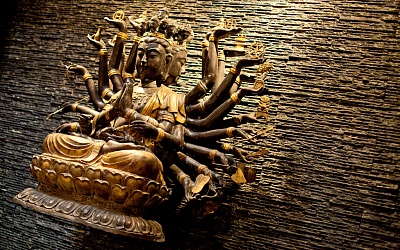KIMCHI, THE KOREAN NATIONAL DISH
One can not say that life in Vladivostok is bland: it is highlighted with rainbow Korean kimchi. If you are visiting the city for the first time, you will be served this Korean side dish in some form: carrot, fern shoots, garlic slivers, eggplant, radish, squid, and herring.
All stare at you with some sort of anticipatory joyous pleasure, and you feel as if there must be some kind of trick. Timidly, you poke the yellow strips of carrot with your fork. "Mm-m, no, not dangerous." The combination of vinegar, sugar and garlic give the boring carrots a spicy taste. Dark green fern shoots seem at once soft, crunchy, and fibrous. Slivers of garlic surprise with their sweet, starchy taste and absence of anything garlicky. When you get to the herring you lean over bravely and ask the silly question: "Did you preserve the fish yourself?"
The answer amazes you. "It's fresh". Your fork hangs in the air and you stare at the gleaming, pearly piece of fish, wondering how you might manage to inadvertently "not" put it in your mouth.
— Don't tell me you've never eaten "hyo"?
— Eaten what?
"Hyo". Ok, if it makes more sense to you in Spanish, then "ceviche". Marinated fish. Only the Spanish marinate the fish in lemon or lime juice, and the Koreans in vinegar.
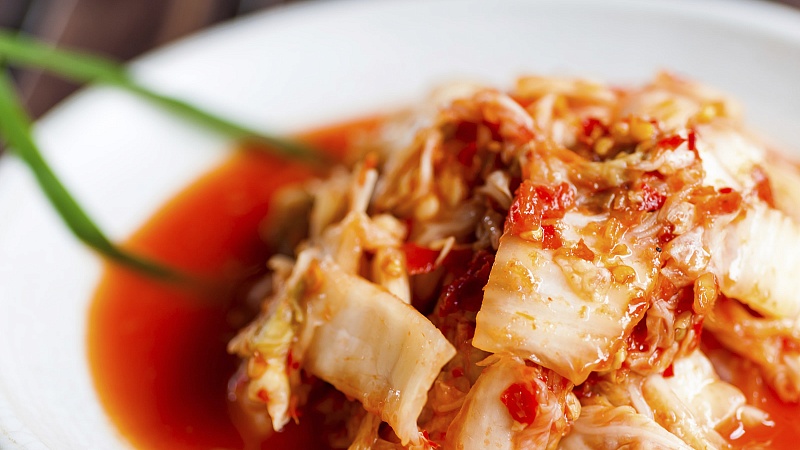
The world of Korean food in Vladivostok is unlimited and amazes not only the citizens of mainland Russia, but also the citizens of the Republic of South Korea, or the loyal citizens of the Democratic Peoples Republic of Korea. It is certainly something to witness the Korean tourists freeze when they see the Russian Korean food stalls and begin arguing dumbfoundedly with each other. The Russian Koreans look on with a condescending smile. The cuisine of Russian Koreans broke away from the mother continent a hundred years ago, and like the Russians, generations of Vladivostok Koreans take a sip of vodka, and then a bite of a spicy carrot, along with a taste of pickled white cabbage.
Hyo and kimchi liven the table of a Primorye native. Yes, and friends from Sakhalin ordered: burdock stems, seaweed with bubbles "sea grapes", and goodness only knows what else, those Sakhalin Koreans do all kinds of things.
As soon as Samsung refrigerators and Kia automobiles conquered the world, Koreans then offered kimchi through the open door and insisted that this fermented cabbage with chili peppers be respected by all the world.
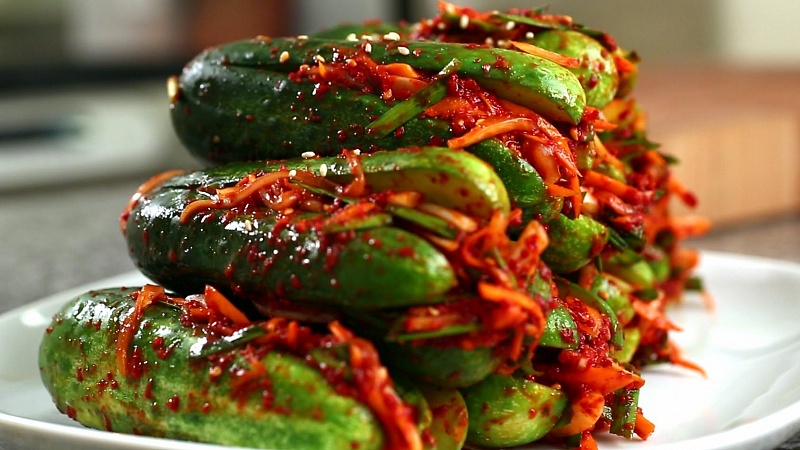
It is worth noting that kimchi is a general name for all fermented-salted-marinated Korean-style appetizers, not just cabbage.
A pedantic Korean housewife transforms everything into kimchi: any vegetables, fish, squid, octopus, mussels, soy-meat, etc., Navak kimchi (winter kimchi), kat kimchi (mustard leaf kimchi), yelmu kimchi (young radish kimchi), ou sobagi (cucumber kimchi), pxa kimchi (leek kimchi).
When at the Vladivostok markets, boldly take all you wish from the Korean stalls. But only a little bit, a pinch, so you do not overeat and it does not become a habit. Otherwise, how will you be able to live without pickled eggplants, marinated radishes, tiny salt-dried fish in sweet crimson sesame-soy-pepper paste?
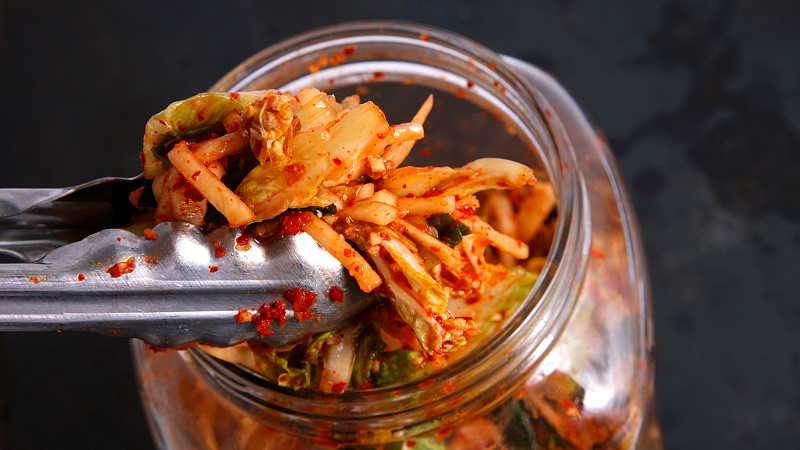
If you liked this article, share it with friends:
Come to Vladivostok!
We recommend
Asian cuisine
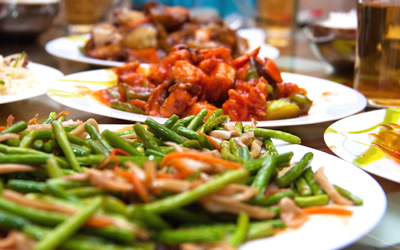
Chinese Cafes in Vladivostok
"Meet me in Chifanka"! Going out to a Chinese place is a special tradition in Vladivostok.
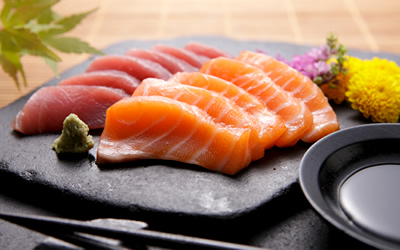
Japanese cuisine
Vladivostok, with its gastronomic diversity, is known for a multitude of styles of Japanese cuisine, which is why you need to know the “right” place to go!
